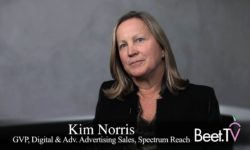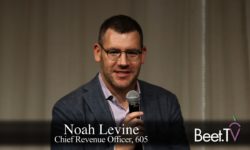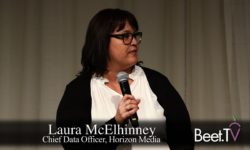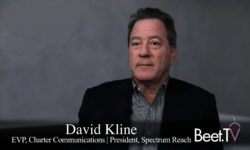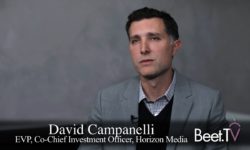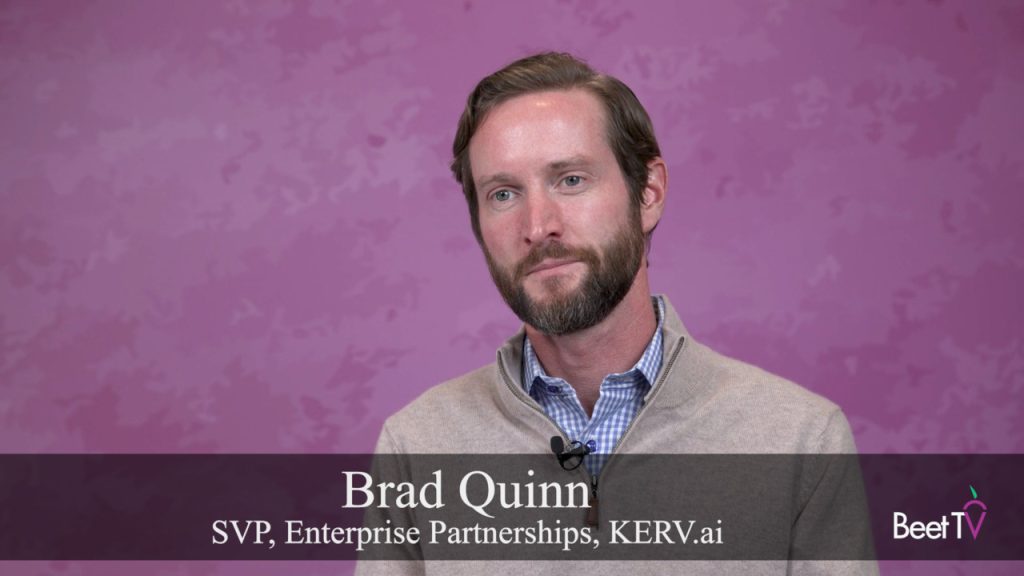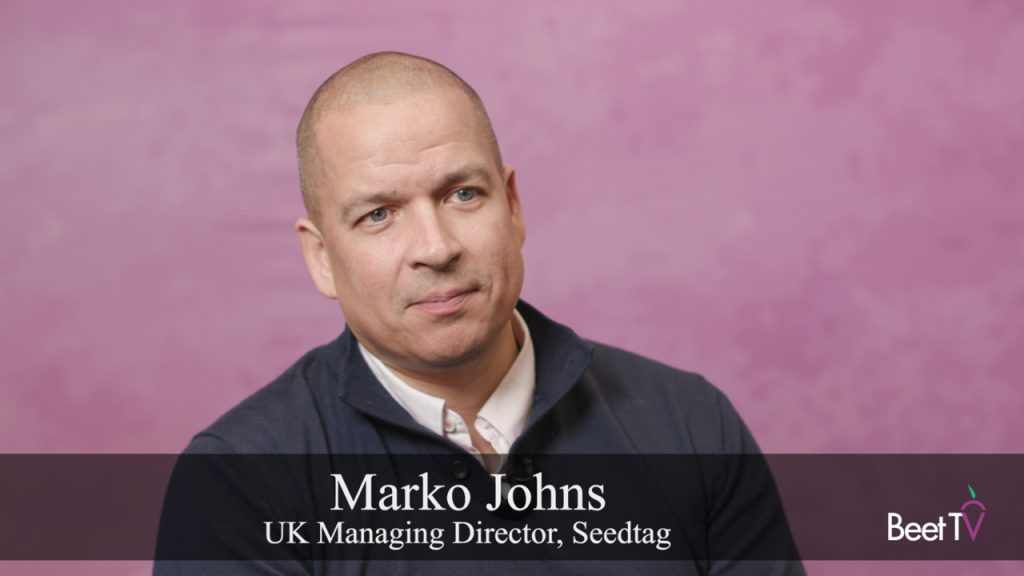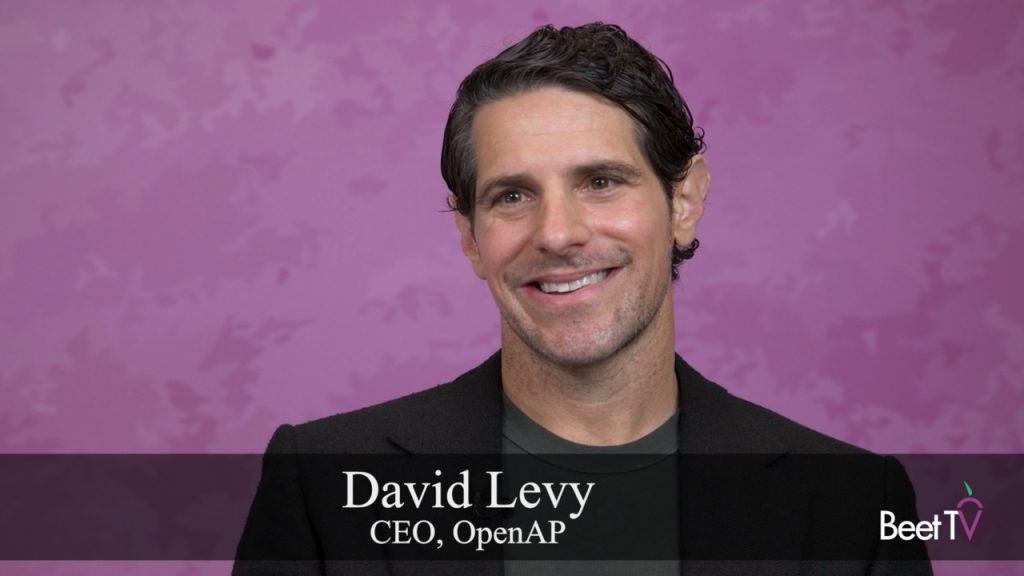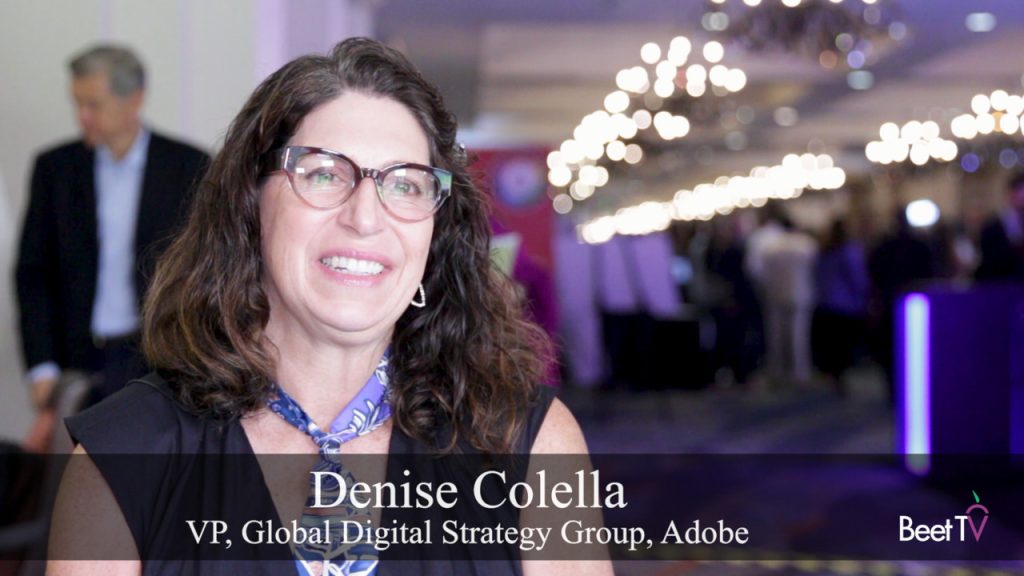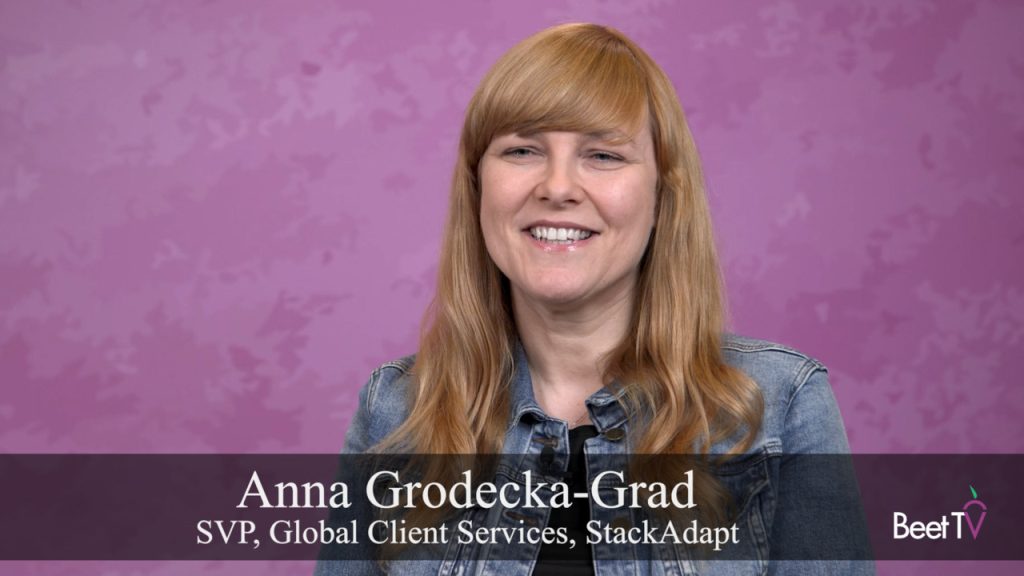Data has reshaped the buy and sell sides of the advertising industry, as traditional channels begin to adopt digital tools. This shift in dynamic has meant the industry has had to evolve as well, and Spectrum Reach and Horizon Media are two such companies rethinking their strategies in a period of ongoing change.
At the Beet Retreat in New York City in November, hosted by Horizon Media, Furious Corp CEO Ashley Swartz spoke to a panel of women currently navigating advertising’s continuing changes: Kim Norris, gvp of digital and advanced advertising sales at Spectrum Reach; Caroline Horner, svp of product management at 605; and Samantha Rose, svp of video at Horizon Media all discussed how data has changed the advertising industry, the challenges it’s raised, and what’s still to come.
“We’ll see evolution across all verticals”
Norris says that right now, “demand outstrips supply” when it comes to advanced advertising, but that the marketplace is catching up through experimentation and learning. As first-party data for tune-in viewership data has changed how tune-in marketing operates, “we’ll see evolution across all the verticals,” Norris says.
Horner, who saw through early digital advertising models during the dot com boom before moving on to positions on both sides of the market. Most significantly so far, Horner says, data and attribution marketing has changed the role of the marketer.
“It was incredible to see how fast real, deterministic data affected the marketer. We had to re-up relationships and sales processes because they saw real data,” says Horner. “That delight and experience – you know you’ve made a difference and that’s what data has done. We’ve been riding that over the last 15 years.”
Growing pains
While data has infiltrated advertising strategies, Horner’s observed that the sell side has been slower to adapt to new capabilities and approaches influenced by data. While marketers on the buy side quickly realized how data was making advertising work better for them – and how the money would follow – Horner says the sell side had to be “dragged into it,” but are now used to “heavier and heavier analytics.”
But when the agency’s jobs depend on convincing networks, platforms and marketers that the data will help, the stakes are high, says Rose. “What we don’t want to do is have something not work and then deter someone from moving forward. In this more addressable [market], whether it’s MVPD or digital, a wasted impression is wasted. In this area where we’re growing we want to get it right.”
Data-specializing partners, like Ampersand and 605, can help add a support network with the goal of getting advertising from operating like one-to-many fishnet to a one-to-one fishing line, says Swartz.
Where it’s headed
Rose adds that while one-to-one remains a goal to reach, addressable is still in its infancy, and some brands are looking for the mass reach that linear TV provides. “I hate to say it cause it’s a term we always use, but it’s not one size fits all,” she says.
As the space does mature, Horner notes that trust is going to be one of the most important factors when it comes to data sharing and making sure customers aren’t concerned about privacy. That will entail working with the right partners and legitimizing the industry and, as Norris adds, setting standards.
“We have to get standards,” she says. “We need to make sure we have clear definitions, that it’s as standard as possible.”
Beet Retreat In The City @ Horizon Media is presented by 605 and Spectrum Reach. For more videos from the event, please visit this page.






